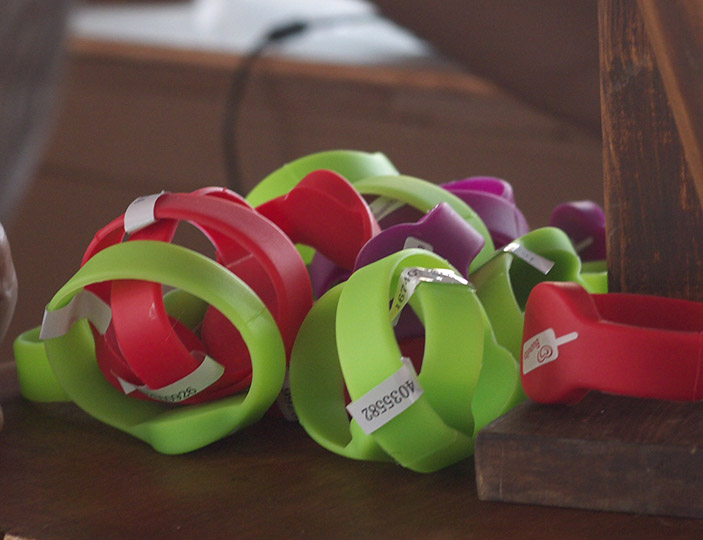UK team 3D prints flexible wearable “battery”
Researchers at Brunel University have used 3D printing to produce a flexible supercapacitor wristband that they claim could pave the way for a new generation of “battery-powered” wearables.

In a paper published in the journal Materials Science and Engineering, the group, from Brunel’s cleaner electronics research group, claims that its method – which uses a basic open source printer – represents the first time that flexible supercapacitors have been produced through a single continuous process. Existing methods for producing flexible supercapacitors typically rely on expensive 3D laser selective melting machines and use different machines to print different parts.
The printer used in the Brunel project was connected by USB to a syringe driver with a stopper motor that uses three of four syringes to apply stacks of silicone, glue and gel electrolyte pastes to make what looks like a clear festival wristband.
According to the researchers the process is easy to copy and shows that 3D printing using paste extrusion can be used to develop more sophisticated electronic devices with different mixes of paste.
Register now to continue reading
Thanks for visiting The Engineer. You’ve now reached your monthly limit of news stories. Register for free to unlock unlimited access to all of our news coverage, as well as premium content including opinion, in-depth features and special reports.
Benefits of registering
-
In-depth insights and coverage of key emerging trends
-
Unrestricted access to special reports throughout the year
-
Daily technology news delivered straight to your inbox










Water Sector Talent Exodus Could Cripple The Sector
Well let´s do a little experiment. My last (10.4.25) half-yearly water/waste water bill from Severn Trent was £98.29. How much does not-for-profit Dŵr...